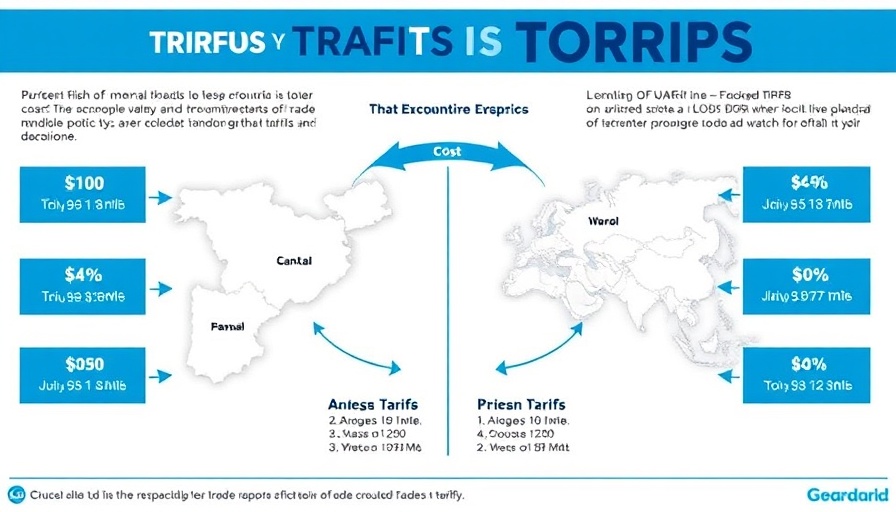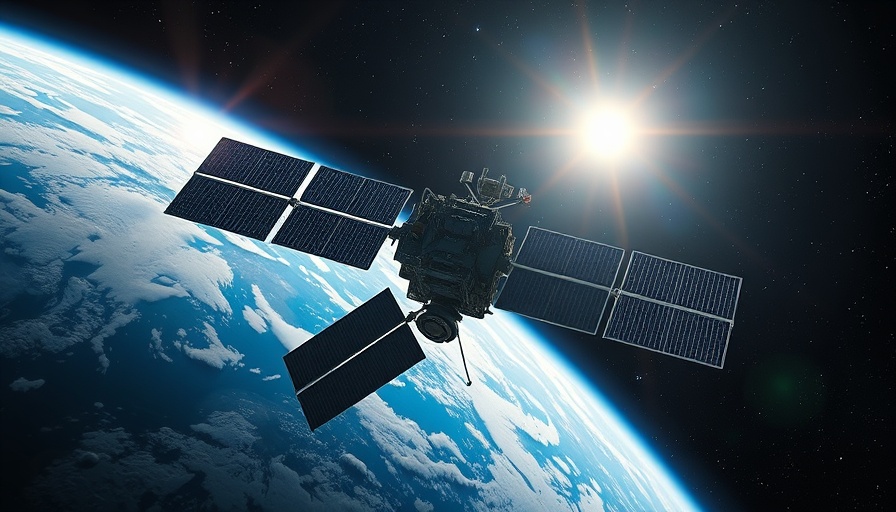
The Growing Impact of AI on Workforce Dynamics
As the economic landscape shifts due to factors such as tariffs, American companies are increasingly turning to artificial intelligence (AI) as a means to adapt to the changing environment. A recent survey from AI Resume Builder has unveiled a startling statistic: 12% of U.S. companies intend to replace employees with AI by 2025. This revelation raises critical questions about the future of work and what it means for the lives of everyday workers.
What the Numbers Mean for the Workforce
The implications of such a statistic are profound. Among the companies that plan to downsize, a significant 41% consider AI a direct substitute for human labor. This growth in AI adoption isn't just a minor shift; it could signal a broader reallocation of job roles. Nearly one-third of those planning AI-driven layoffs are looking to cut more than 25% of their workforce, showcasing a drastic shift in labor dynamics. As roles like customer service (75%), admin support (55%), and marketing (54%) face the brunt of these changes, we're left questioning where human connection fits into these new technological paradigms.
Why Understanding This Shift Matters Now
Understanding the imminent shift towards AI-powered workforces is crucial for employees, job seekers, and even business leaders. The message is loud and clear: AI will not only continue to infiltrate various sectors but will do so irrespective of external economic pressures like tariffs. Soozy Miller, head of career advising at AI Resume Builder, affirms that while some industries may see immediate disruption, others will rely heavily on the human touch. For instance, sales roles will still depend on interpersonal skills and relationships.
Future Predictions: Embracing a Hybrid Workplace
The evolution towards an AI-integrated workplace is not merely about job losses. It invites organizations to rethink how they utilize their workforce, blending human talent with AI capabilities. This hybrid approach could lead to a more efficient and innovative working environment. By investing in AI, approximately 29% of companies are preparing to enhance efficiency and manage costs moving towards 2025. The key for workers will be to adapt to these new tools, positioning themselves as industry contributors rather than casualties of automation.
Counterarguments: The Human Element in Technology
While it’s easy to focus on the scary prospect of job loss, it's essential to consider the value that humans still bring to the table. Many organizations acknowledge that certain roles, particularly those involving complex decision-making and emotional intelligence, will remain in human hands. Investment in employee upskilling and AI education can mitigate some of the risks associated with these changes, offering workers the opportunity to remain relevant.
Local Perspectives: Community Impact and Human Stories
In the Great Lakes region, the effects of AI-driven job changes could ripple through local economies. Understanding how businesses are moving towards automation can provide valuable insights for community resilience. For example, essential skill-building initiatives and programs that encourage local entrepreneurship can empower individuals to navigate the evolving job market. By sharing these personal journeys and success stories, communities can foster a shared understanding about the future of work.
As we face these technological advancements, staying informed about how AI will reshape our job landscapes is more important than ever. With both potential benefits and risks associated with these shifts, companies and communities must collaborate to ensure that the human spirit remains integral to the work being done.
 Add Row
Add Row  Add
Add 




Write A Comment